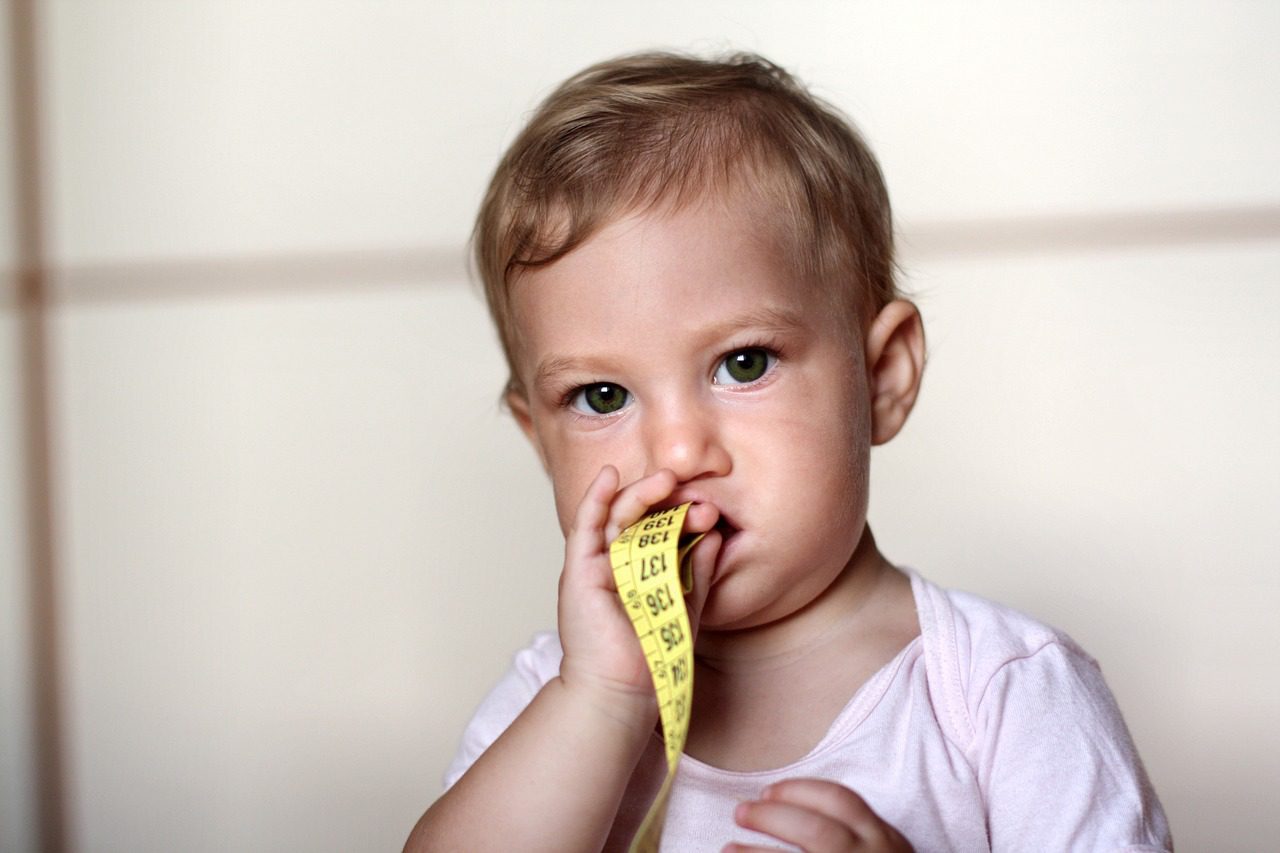
By Adrian Kuek (Joyous Learning) and Marcus Goh
If you’ve ever been a full-time employee, then you’ll definitely have heard of the SMART framework for setting goals. It’s a favourite corporate buzzword for bosses, and it stands for setting goals that are:
- Specific
- Measurable
- Achievable
- Realistic
- Time-bound
As cheesy as it might sound, there is some value in using this acronym to set goals — for children.
And now that we’re coming to the end of 2017, it’s time to start thinking of setting goals for your child to achieve in 2018, both in academic and non-academic terms. Of course, I’m not advocating that you give them KPIs and deduct their allowance based on their performance, as that would be taking things a little too far.
But since you’ve probably already applied SMART in work situations, why not use it to help your children? Use it as a gentle guide rather than rock-solid rules, and it’ll give your child direction in achieving concrete results.
Here’s how you can apply the SMART acronym when setting goals for your child.

1. Specific
Tell your child what you like them to achieve in numerical terms, instead of generalities. For example, don’t tell them “you need to study harder”, but say “I would like you to get above 60 marks for your Maths SA1” instead. That way, your child knows exactly what is expected of him or her.
This also helps them to see what they need to do and how far they are from their goals, which leads into the Measurable and Achievable aspects of this framework. Remember that they are children, and thus they don’t have the benefit of the life experiences that adults have. Therefore, it is extremely important to be specific about goals, because they don’t have any other examples to extrapolate from.

2. Measurable
One benefit of having such an academically-focused education system is that almost everything is measurable. CCA performance can be quantified with a grade, VIA (previously known as CIP) activities can be quantified by hours spent, and PSLE results are quantified by the T-score. So when it comes to setting school-based goals, it’s easy to make them measurable.
You can also set goals that not school-based activities, and make them measurable. For example, instead of telling them to “spend less time on mobile devices”, say “I want you to spend less than 30 minutes on mobile device per day.” Of course, this means that you should measure how much time they are currently spending on screens (or other activities), then raise or lower it by 10% to start.
Why 10%? That’s because your child’s goals should be:

3. Achievable
Imagine this: your child has been writing 100-word compositions for the whole year. Suddenly, you tell them to write at least 150 words for their composition (which is the PSLE standard, by the way).
You’re going to hear a lot of whining, complaining, and pleading before they even get started on that composition. That’s because you’re asking for a 50% increase in the number of words. If your boss asked you to increase your productivity by 50%, wouldn’t you feel just as stressed?
Therefore, it’s important that you set small, achievable milestones for your child. They need to believe that it can be done before they’ll start putting in effort to accomplish a goal. And we all know that attitude is an important factor when it comes to success. Help your child see the finish line, and they’ll make it there.
In addition, a 10% change is small enough to be achievable, yet large enough to be significant. It’s a good middle ground from which to start, and you can tweak expectations later on.

4. Realistic
This may sound similar to the Achievable aspect, but it’s actually about time management rather the feasibility of the goal. Children have to study for multiple subjects for their exams, so when you break down their study time by subject, you’ll realise that they don’t spend as many hours as you think they do on each subject. If they have other activities like their CCAs, enrichment classes, and hobbies, then it’s a zero-sum game. Spending more time on a particular subject or activity means that they have to reduce the amount of time spent on something else.
So in setting your child’s goals, work backwards to figure out how much more time they will need to spend on that goal, and whether they have the capacity for it.
Some parents might think that their children spend too much time playing, and thus reducing their playtime will make up for the extra time required for achieving goals. While that is true to an extent, remember that your child also needs to get used to having fewer leisure hours. Therefore, you have to be realistic about how much time you’re cutting back, and makes sure that it’s also achievable.

5. Time-bound
Finally, set a deadline for your child’s goals. Again, our education system is structured such that there are several key events in the academic year, like their Continual Assessments (or Common Tests) and Semestral Assessments. The CAs and SAs are an effective way to make sure that your child’s academic goals are time-bound.
One caveat though — use dates as a way for your child to review his or her progress, rather than as a source of stress. That means that you let your child know that these dates are to check how close they are to their goal, rather than having to accomplish the goal itself. Many things could happen in a year, and to adhere rigidly to fixed dates and goals will create unhealthy stress for your child.
One last aspect to remember that’s not in the SMART framework is that children know that you still love and care about them, even if they don’t achieve their goals. The important thing is that they make progress and learn better ways of achieving their goals. It’s as much about the journey as it is about the destination, and learning should underscore all their goals for the year.
After all, it is a learning journey.
This article was written for and first published on Yahoo Singapore’s Grade Expectations.
Grade Expectations is a weekly feature on education in Singapore. Expect fun activities, useful tips and insightful news on learning. It’s not just about your child’s grades — it’s about raising a great child!
Adrian Kuek runs Joyous Learning, an enrichment centre that specialises in English, Mathematics, Science and Creative Writing for Primary. He previously served as the academic director of one of Singapore’s largest enrichment centre chains for over seven years. Send him an email if you’re keen!
Marcus Goh runs Write-Handed, a creative writing studio. At the same time, he teaches English at The Write Connection. He has been a specialist tutor for English and Literature (Secondary) since 2005.
If you liked the article, follow me on Facebook and Instagram for more updates!
To get in touch with me, send an email!
Leave a Reply